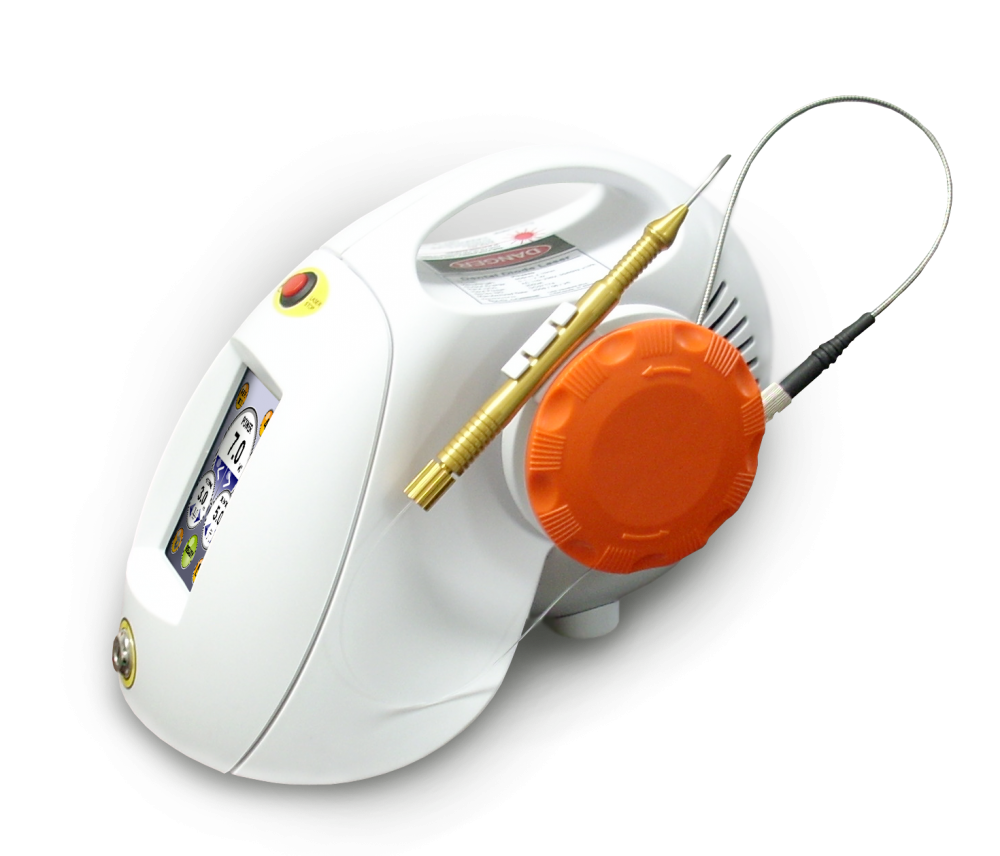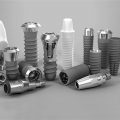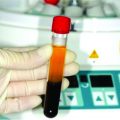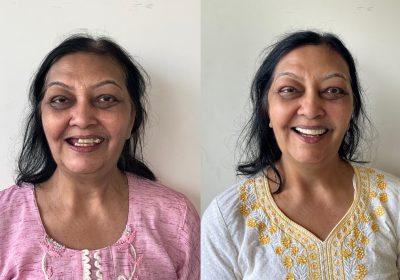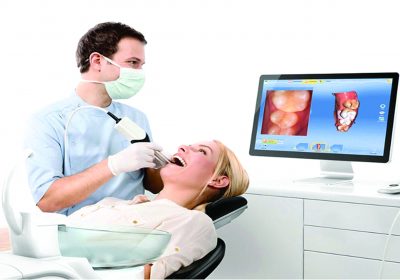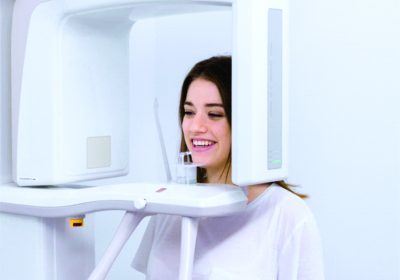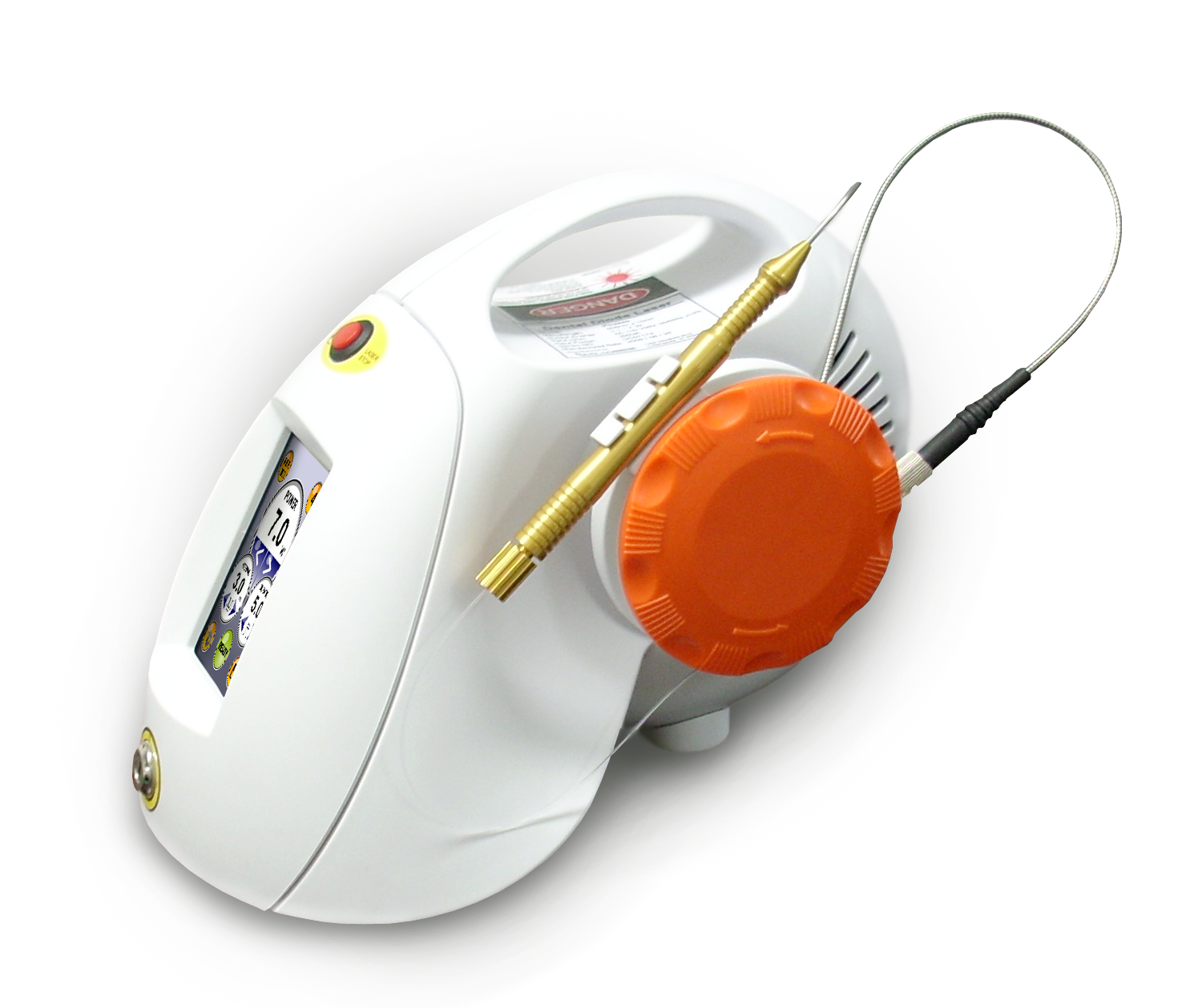
Soft tissue lasers have revolutionized the field of dentistry in recent years, offering a minimally invasive and highly effective approach to a range of dental procedures. These lasers are specifically designed to interact with the soft tissues in the mouth, including the gums, tongue, and cheeks, providing a precise and targeted treatment option for a variety of dental conditions.
Here are some common uses of soft tissue lasers in dentistry:
- Gum contouring: Soft tissue lasers can be used to reshape and contour the gum line, which can improve the appearance of the teeth and gums. This procedure is often used for cosmetic purposes or to address issues such as a "gummy" smile.
- Periodontal therapy: Soft tissue lasers can be used to remove infected gum tissue and to clean and disinfect the periodontal pockets that form around the teeth in patients with gum disease. This can help to reduce inflammation and promote healing, preventing the need for more invasive procedures such as gum surgery.
- Frenectomy: A frenectomy is a procedure that involves the removal of a small piece of tissue that connects the tongue or lips to the gums. Soft tissue lasers can be used to perform this procedure, which can improve speech and eating habits in some patients.
- Biopsies: Soft tissue lasers can be used to perform biopsies of suspicious areas in the mouth. This can help to diagnose conditions such as oral cancer, and can often be performed quickly and with minimal discomfort to the patient.
- Cold sore treatment: Soft tissue lasers can be used to treat cold sores by reducing inflammation and promoting healing.
- Crown lengthening: Soft tissue lasers can be used to expose more of the tooth structure in order to provide a better foundation for a dental crown. This can help to improve the longevity and stability of the crown.
- Soft tissue Lasers are extensively used in our office for Root Canal Treatment.
Overall, soft tissue lasers offer a versatile and effective treatment option for a range of dental conditions and can help to improve patient outcomes while minimizing discomfort and recovery time.

